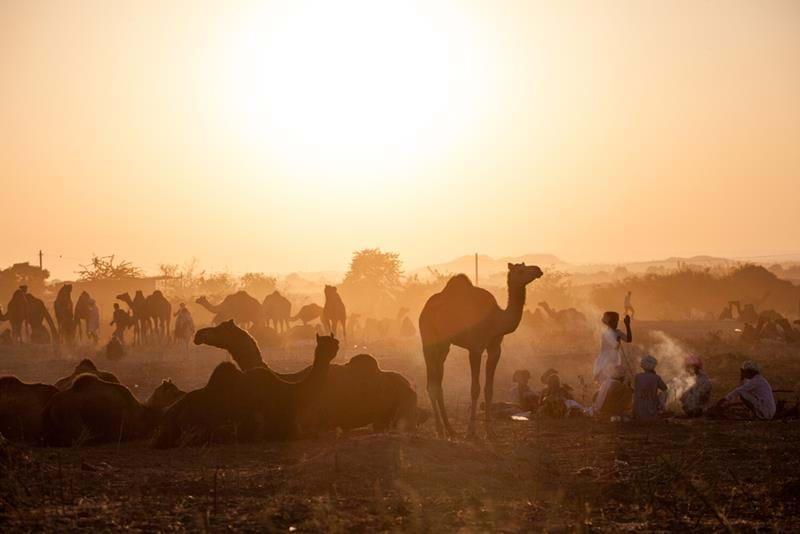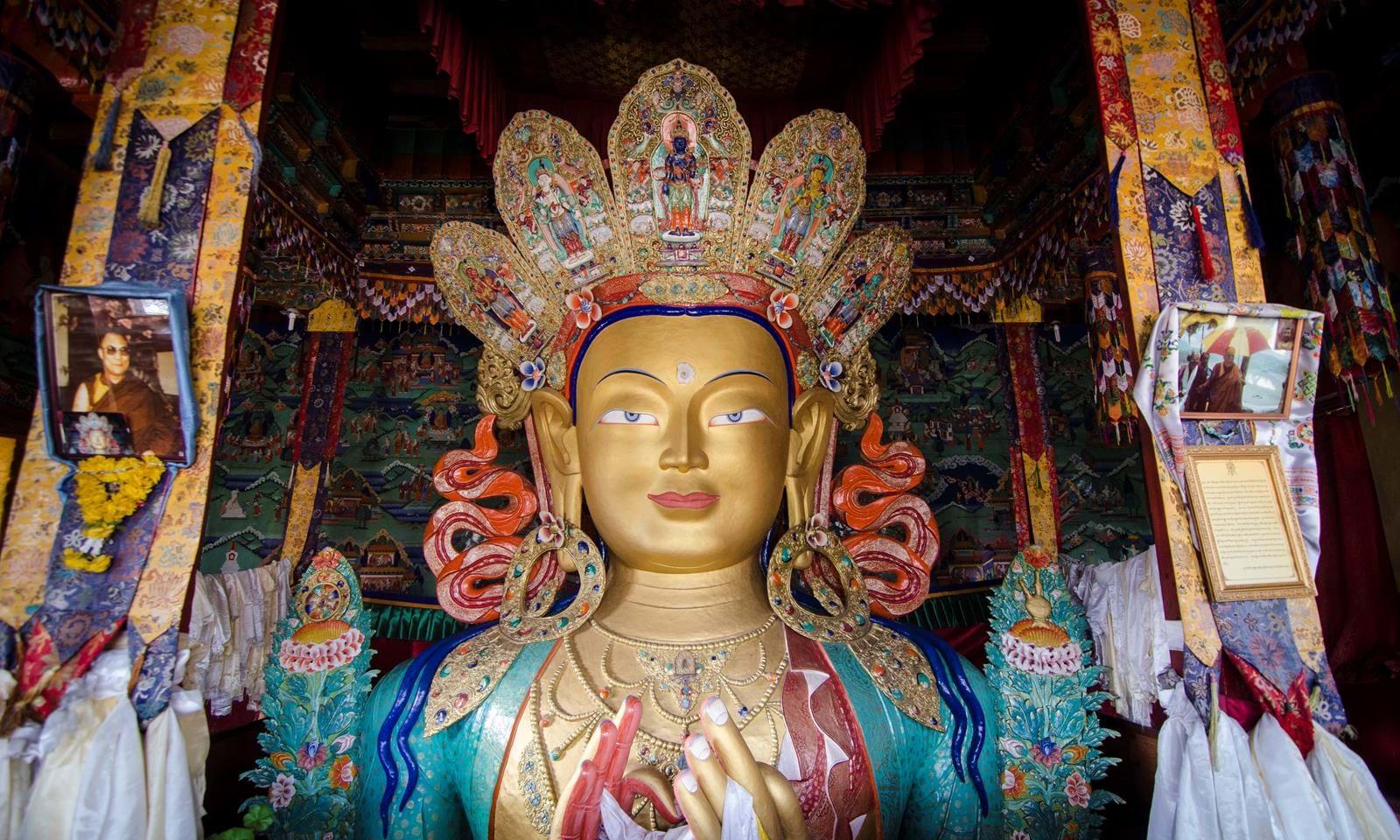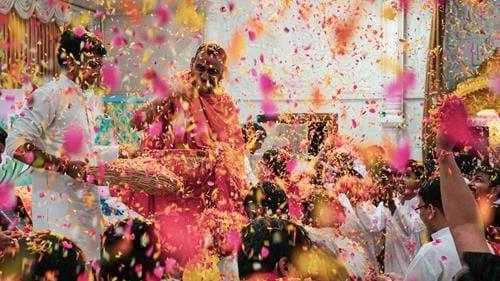India 01.10.2024 Updated: Transindus
Known for its colourful vibrancy, India is full of life throughout the year. Still, things reach another level when cool, fresh breezes and clear nights arrive in October, marking the end of the monsoon and respite from the intense summer heat. Festivities abound nationwide, celebrating everything from local cultural traditions to arts and crafts, music, nature and religion. Building your travel around India's festivals is as rewarding as fun. The only question is, which one to choose?
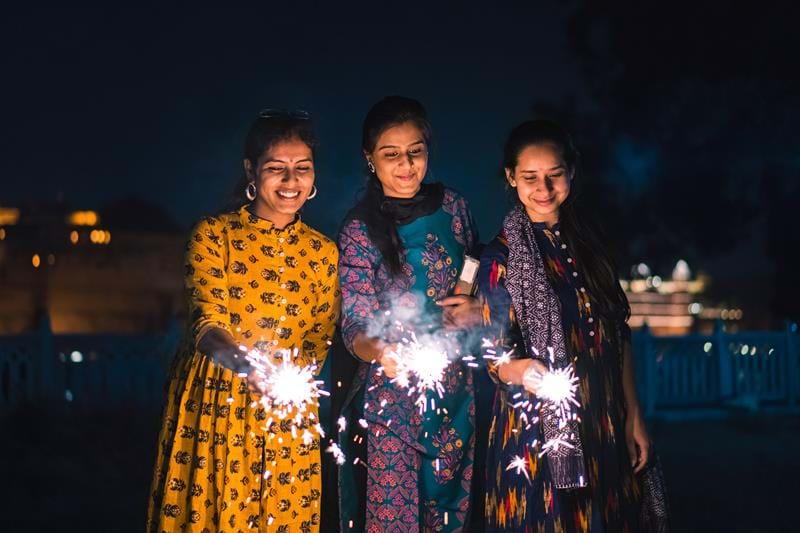
October: Diwali,
Diwali, known and celebrated worldwide as 'The Festival of Light', is among India's most exuberant and best-known festivals. It celebrates the triumph of light over dark and Good over evil. The five-day multi-faith festival is celebrated throughout India by Hindus, Sikhs, Jains, and some Buddhists (each in their style) at the start of the Indian astrological calendar at the end of October/early November. It marks a bountiful harvest and the start of an auspicious new year. Festivities revolve around the family and start with the family home being spring-cleaned, and something new is purchased to welcome good fortune. Clay lamps and rangolis (floor decorations using flower petals or coloured powder) decorate the home. Prayers and religious rights go hand in hand with fireworks, feasting, and merriment. Most excitingly for children, gifts are exchanged between friends and families. At Transindus, we recommend spending Diwali either in any of the big cities of Rajasthan or in Amritsar, where the festival is celebrated with the most enthusiasm.
November: The Pushkar Camel Fair
Part livestock fair and part religious festival, the Pushkar Camel Fair is like nothing you have ever experienced. The population of this sleepy town in Rajasthan swells manifold as traders and festival-goers from all over the state gather, hoping to make a lucrative deal trading camel, horses and other livestock. The gathering also coincides with Kartik Purnima, a Hindu celebration honouring Lord Brahma, the creator. Devotees gather at the holy Pushkar Lake for a sacred dip, believed to cleanse sins and bestow blessings. Feasting, camel racing, markets, and various cultural shows accompany the festivities, turning it into a huge extravaganza. The festival provides a fantastic opportunity to see the colour and vibrancy of Rajasthan gathered in one place.
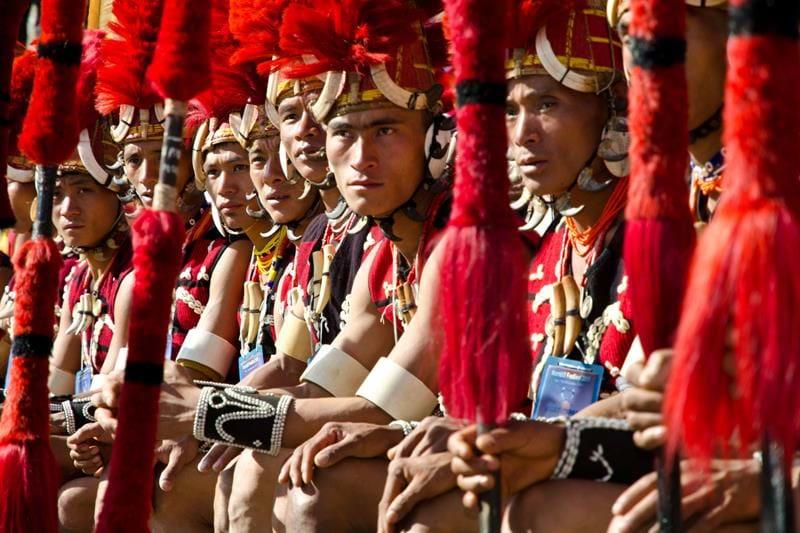
December: The Hornbill Festival
The Hornbill Festival: India is home to many tribal communities that thrive and maintain their traditional way of life. One of the most prominent and most formidable are the Naga people of Eastern India. The best time of the year to experience the lifestyle of the Nagas is the annual Hornbill Festival, staged near the state capital, Kohima, every December. In addition to songs and dance performances, the event features crafts, sports, herbal medicine, archery, and wrestling displays. We recommend staying at one of our luxury camps and alternating trips to the festival with explorations of local villages and landscapes.
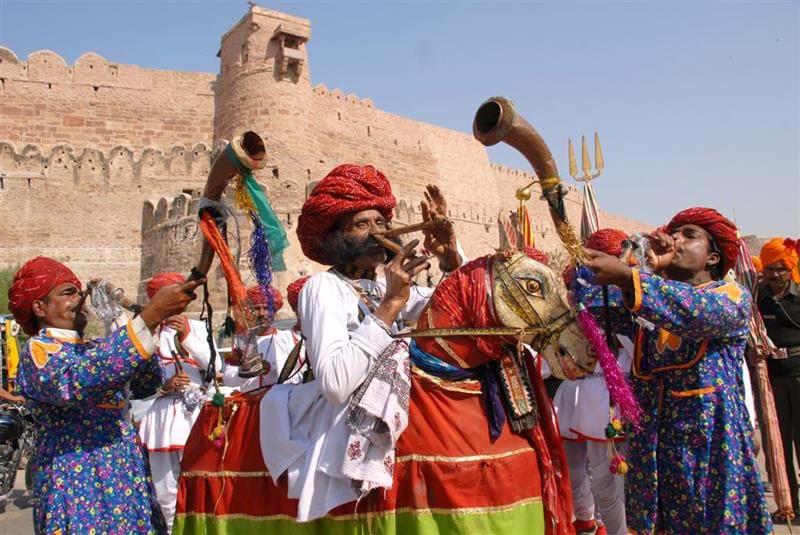
January: The Nagaur Festival
The Nagaur Festival, celebrated in the historic town of Nagaur, Rajasthan, typically takes place in January/February and lasts three days. This vibrant festival showcases the region's cultural heritage and not only celebrates its rich cultural tapestry of the Marwari community, featuring a blend of folk music, dance, and art, but also fosters community spirit, making it a cherished event that draws people together in the heart of Rajasthan's desert landscape. Visitors can enjoy exhilarating traditional music and dance performances alongside art exhibitions and competitions highlighting local craftsmanship. The atmosphere is filled with vibrant colours, delicious Rajasthani cuisine, and folk melodies. Nagaur also boasts an exceptional array of pre-Mughal mosques and tombs unique to India and the wonderful Ahhichatragarh Fort, home to one of our all-time favourite heritage hotels in India, Ranvas.
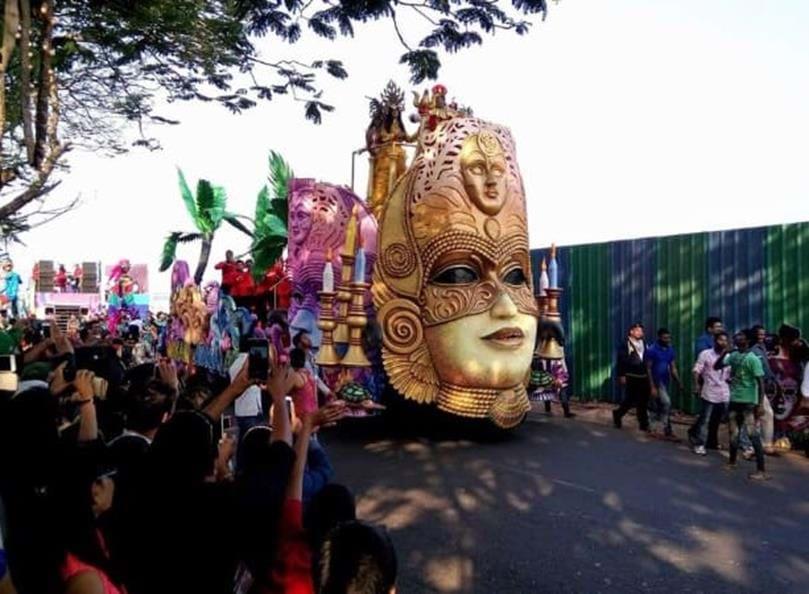
February: The Goa Carnival
Initially introduced by the Portuguese in the 18th century to celebrate the arrival of Christianity in India, the Carnival largely disappeared towards the end of Portuguese colonial rule, reappearing in modern Goa modelled after the Rio Carnival. It is the biggest carnival festival in India, with parades and float contributions from the Konkan and other Goan communities, villages and cultural groups. The Carnival usually starts on Fat Saturday (known as Sabado Gordo) and concludes on Fat Tuesday or Shrove Tuesday), just before Lent. The capital, Panjim, hosts the annual Grape Escapade, the local wine festival, adding another dimension to the festivities if you visit Goa around February. Both are a must for everyone hoping to explore Goa.
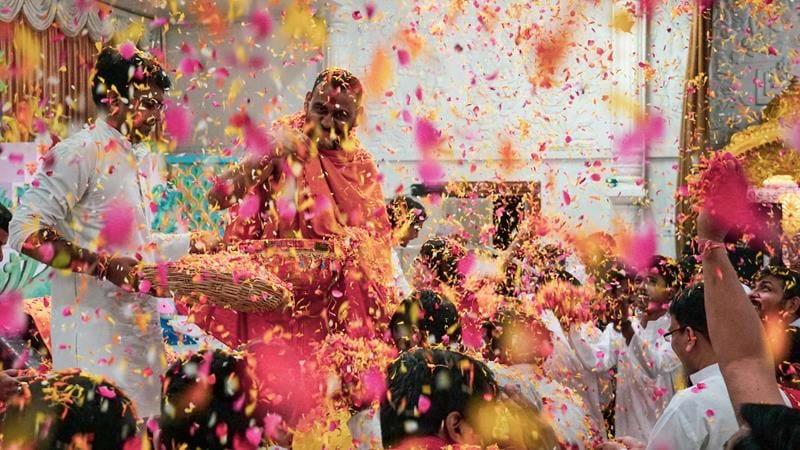
March: Holi
Holi, the festival of Colours is among the most exciting of the Indian festivals. Its origins are based on welcoming the coming of spring in the Hindu tradition, and while it maintains a religious significance for many, the emphasis is also on fun. It is thought that the practice of throwing coloured powder and water over passersby comes from Krishna, who was said to be mischievous as a child and launched coloured water at the milkmaids. The most fervent Holi celebrations are held in northern India, in the small towns of Mathura and Vrindavan, the birthplace and childhood home of Lord Krishna, respectively.

